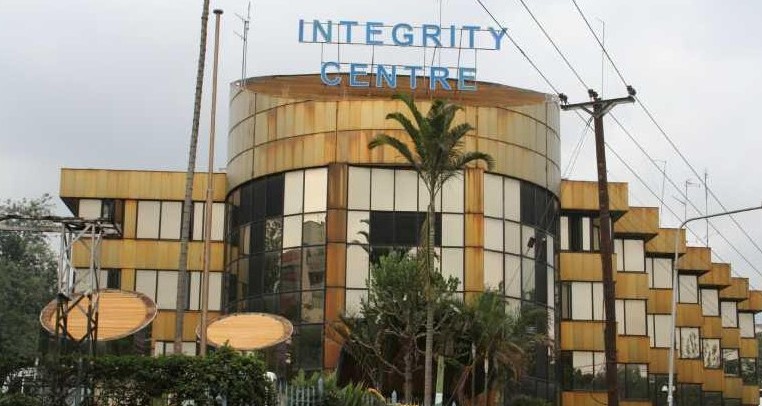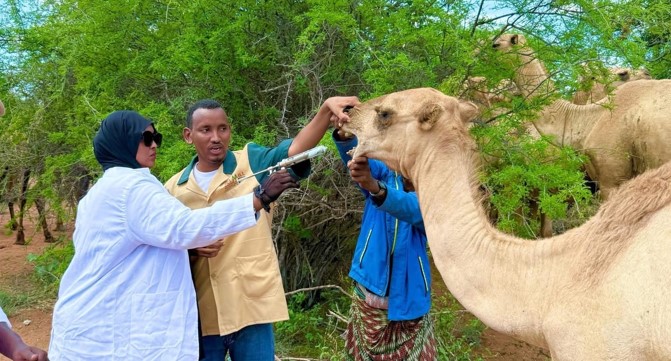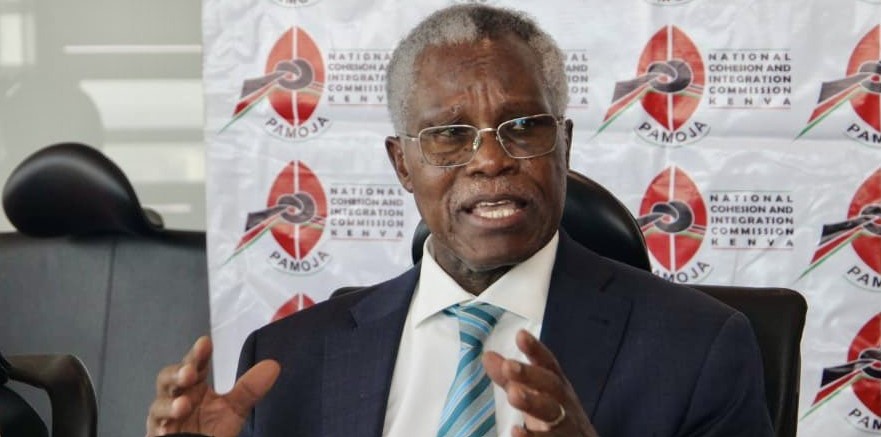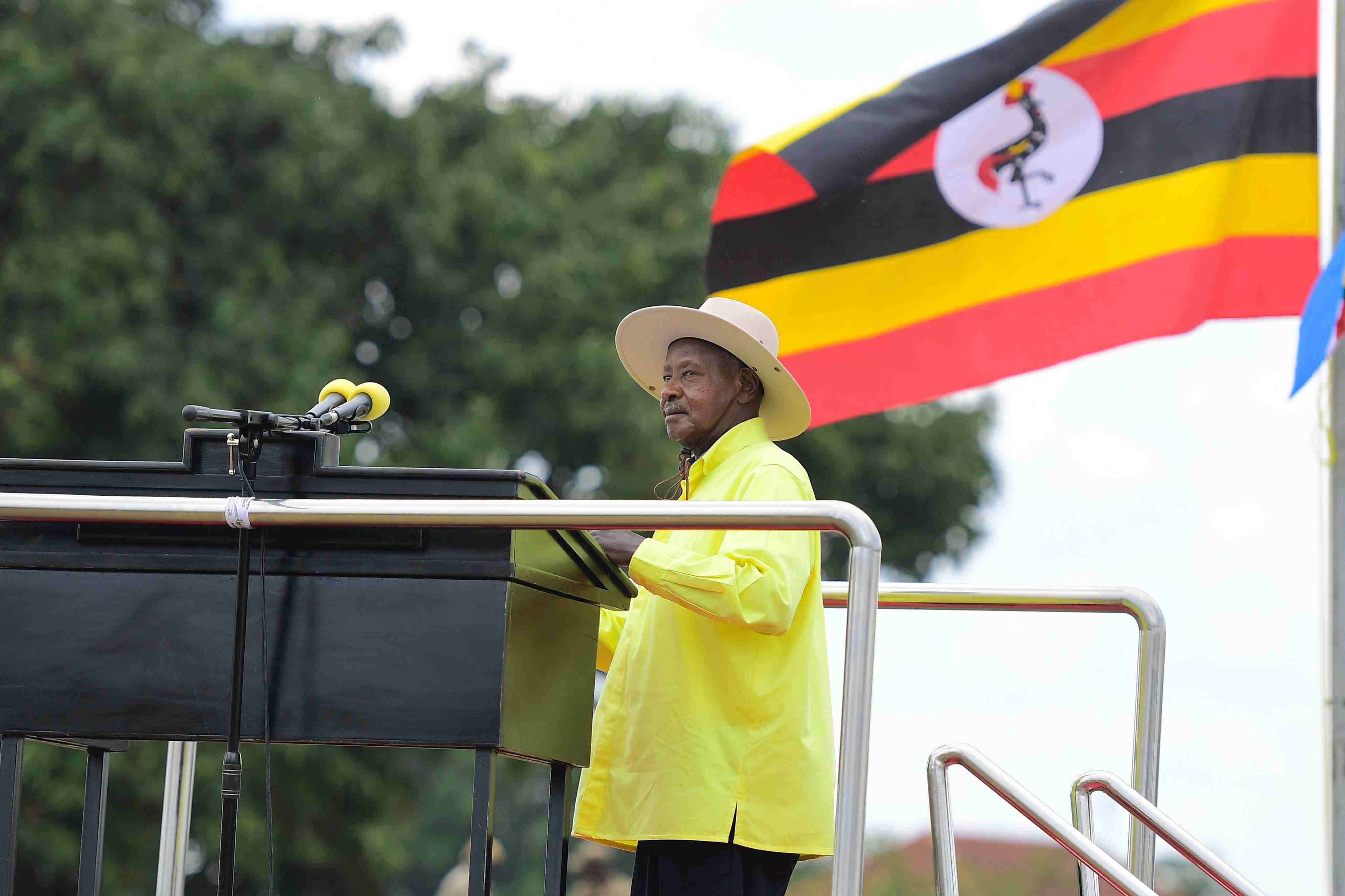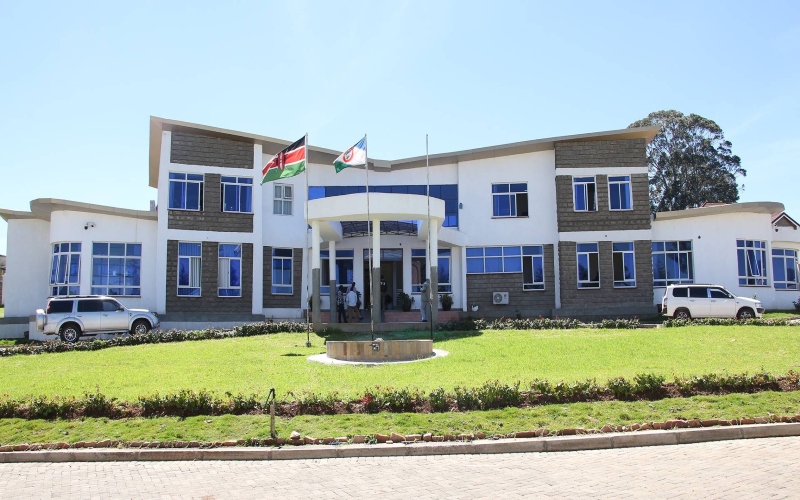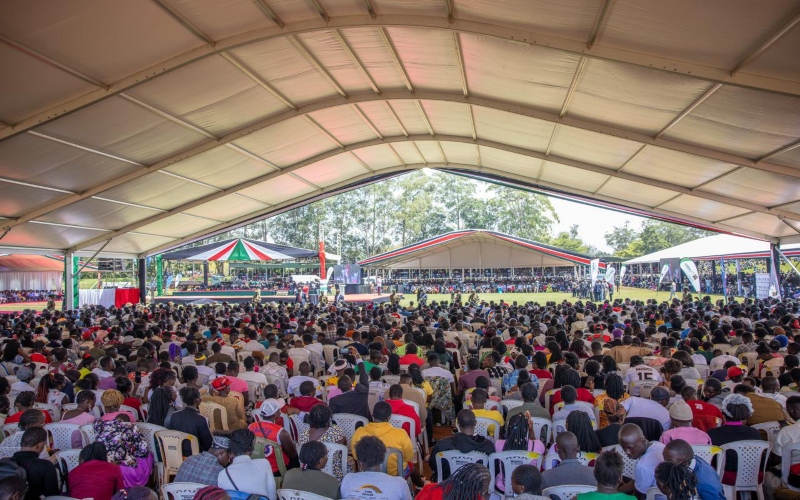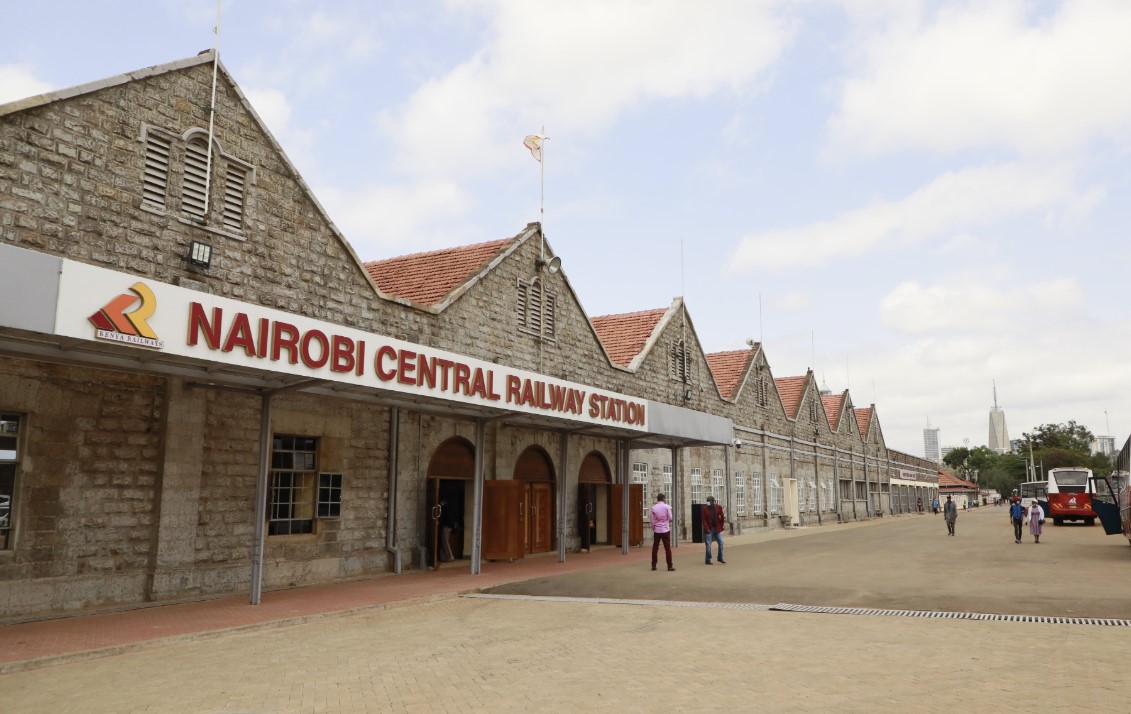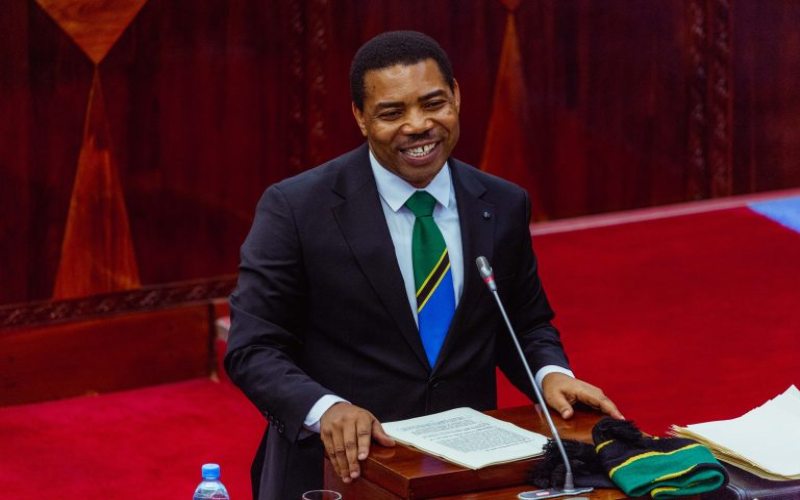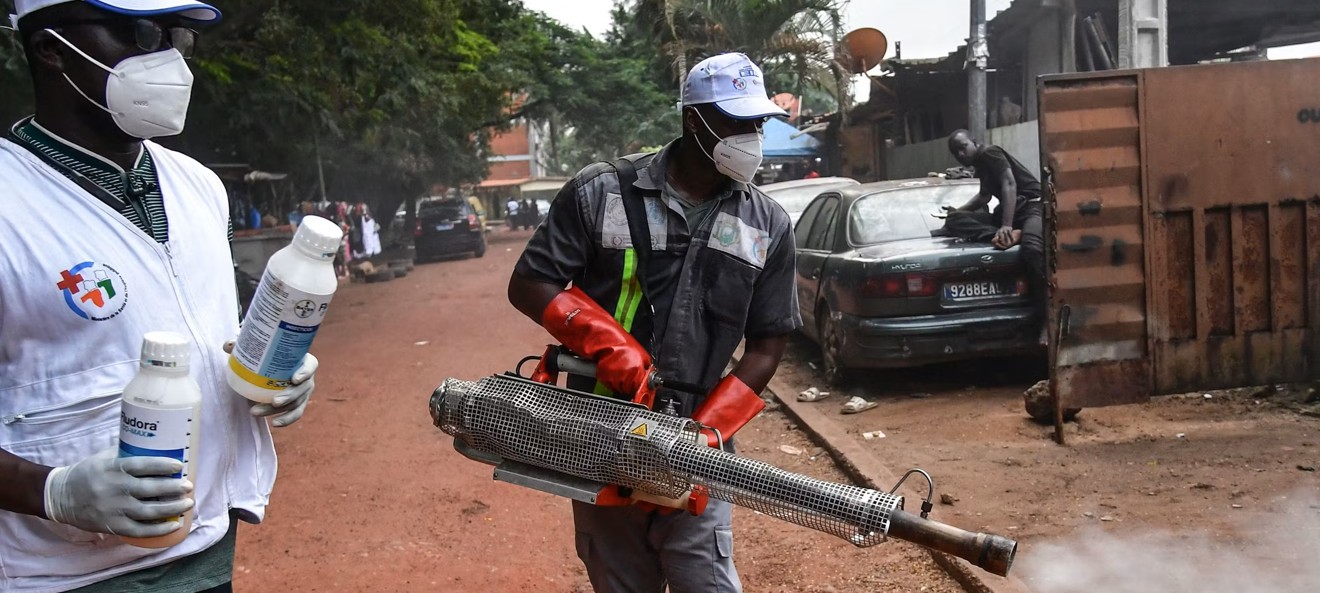Africa’s energy mix brightens: Renewables, clean cooking access set to rise by 2035
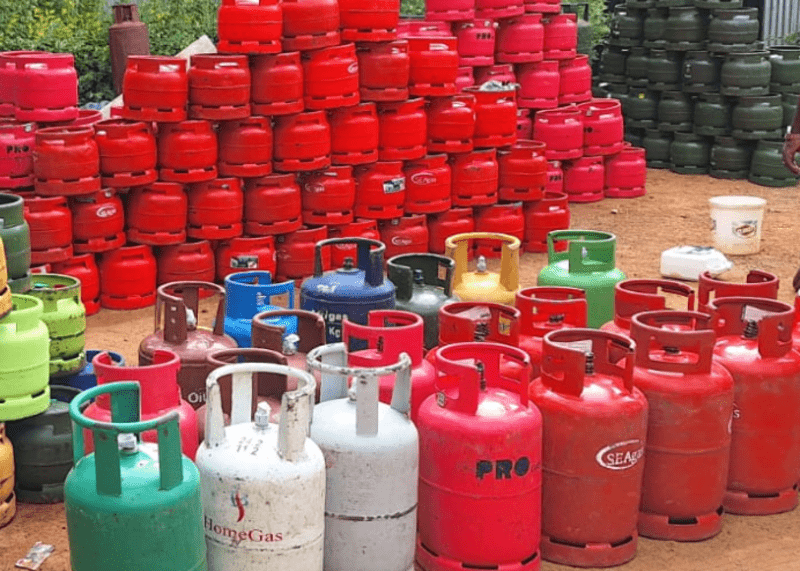
IEA projects that by 2030, access to clean cooking in Africa will begin to outpace population growth, a crucial milestone in the continent’s fight against energy poverty.
Africa’s energy future is set for a transformative decade, with clean energy access and renewables taking centre stage.
The latest energy outlook report by the International Energy Agency (IEA), released under the Stated Policies Scenario (STEPS), paints a promising picture of rising electricity access, expanding clean cooking solutions, and a doubling of renewable capacity across the continent by 2035.
More To Read
- Brazil: Guterres calls for ‘fair, fast and final’ shift to clean energy
- Renewable power capacity to double by 2030 - IEA
- Climate action can feel slow – but the fastest energy leap in history has begun
- TIFA survey: Firewood still Kenya’s top cooking fuel despite rising LPG use
- Report: Africa trailing in global mining exploration spending
- Only three African countries will attain universal clean cooking access by 2050 - IEA
IEA projects that by 2030, access to clean cooking in Africa will begin to outpace population growth, a crucial milestone in the continent’s fight against energy poverty.
“The number of people gaining access to clean cooking by 2035 accelerates to 24 million per year in the STEPS,” the report reads.
This will be driven largely by the adoption of liquefied petroleum gas (LPG).
Demand for LPG is expected to rise by 150,000 barrels per day by 2035, underscoring its role as a transitional energy source for millions of households.
Electricity access across the region is also on a strong upward trajectory.
Around 20 million people are projected to gain access annually to 2035, a pace 25 per cent faster than during the 2010s.
This progress stems from expanding power systems and targeted national energy policies introduced since last year.
“Meeting rising electricity demand requires a major expansion of power systems in Africa,” the report reads.
It estimates that 24 gigawatts (GW) of new capacity will be added every year to 2035, double the rate of the past decade.
Renewables are expected to dominate this new capacity, accounting for over 70 per cent of additions.
Solar photovoltaic (PV) energy alone will contribute half of the growth, becoming the second-largest electricity source after natural gas by 2035.
Solar PV’s rise is supported by cheaper imports from China and its cost advantage over other technologies.
Hydropower and nuclear energy will also play increasing roles, with Egypt’s El Dabaa nuclear plant, North Africa’s first, projected to reach full capacity by 2030.
Nevertheless, the report highlights that the continent’s energy transformation hinges on investment.
Financing for export-oriented oil and gas projects fell over the last decade but has rebounded since 2021, led by increased spending on domestic infrastructure, particularly in the power sector.
In the STEPS scenario, total energy investment by 2035 is expected to return to levels last seen in 2015.
However, the agency warns that investment levels still fall short of meeting basic energy needs, signalling a continued funding gap for universal access.
The continent’s oil and gas industries are also evolving.
While established producers like Libya, Algeria, and Nigeria are expected to maintain stable output, new entrants such as Uganda, Senegal, and Namibia are set to boost Africa’s production base.
Oil output is forecast to remain steady at around 7–8 per cent of global supply by 2035, while natural gas production rises modestly from 240 billion cubic metres (bcm) in 2024 to 260 bcm by 2035, buoyed by new offshore LNG projects in Mozambique.
Top Stories Today

